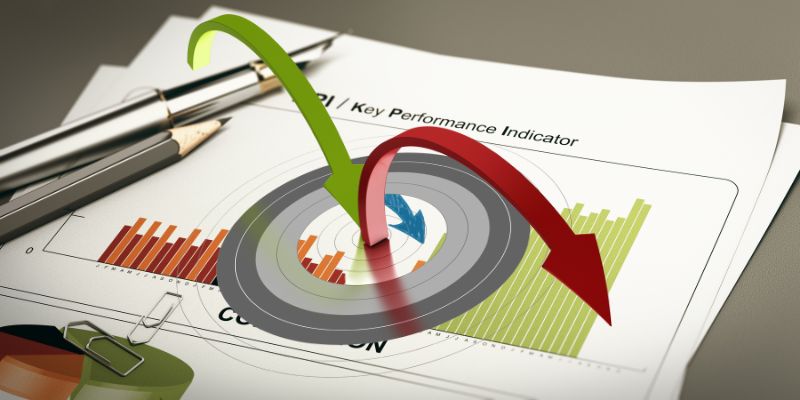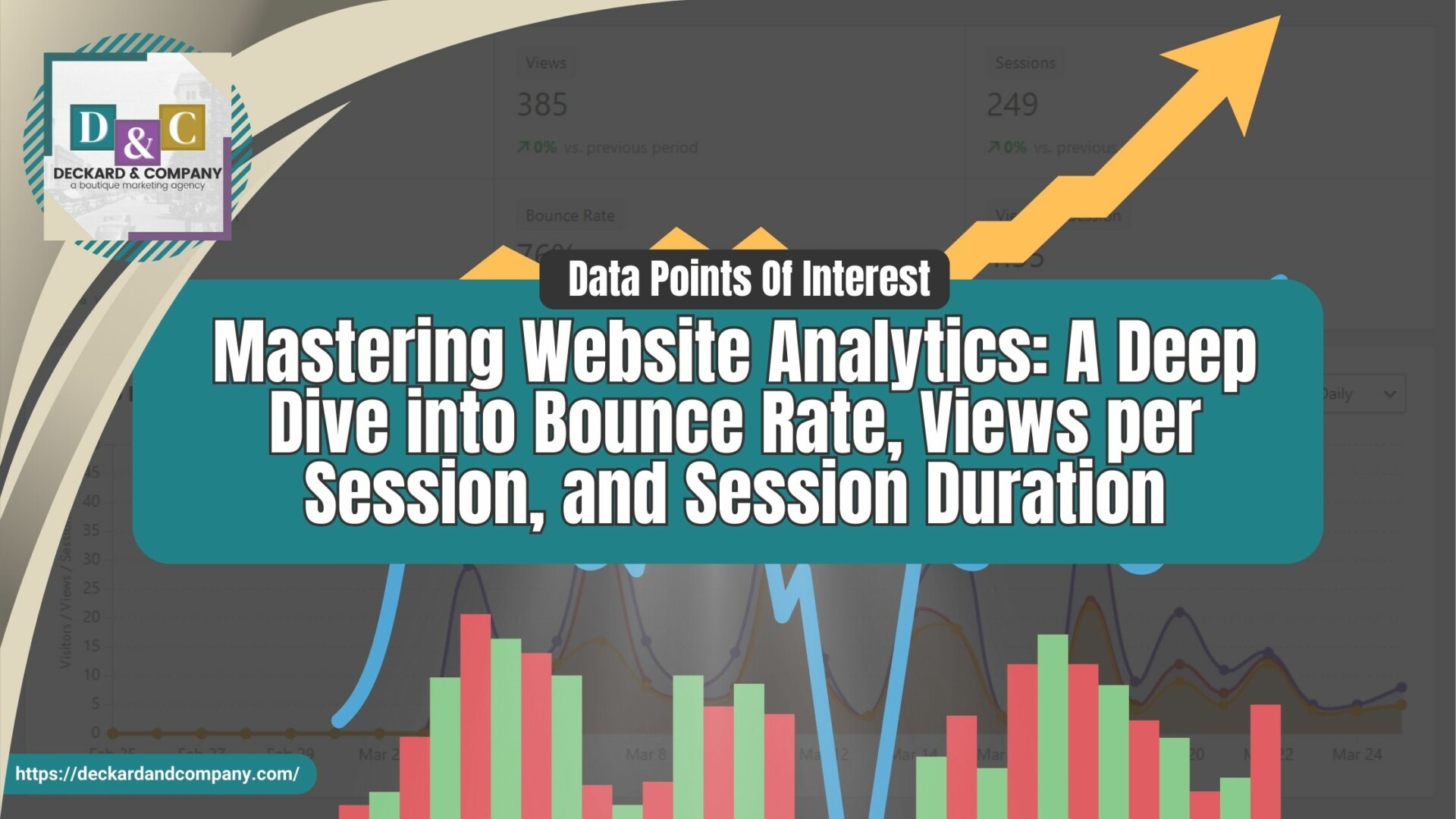In the ever-evolving landscape of online presence, understanding and interpreting website analytics is paramount for success. Among the plethora of metrics available, three key data points stand out: Bounce Rate, Views per Session, and Session Duration. In this comprehensive guide, we’ll dissect these metrics, unravel their significance, and provide actionable insights to optimize your website’s performance.
What is Bounce Rate?
Bounce Rate measures the percentage of visitors who navigate away from your site after viewing only one page. A high bounce rate typically indicates that visitors are not finding what they’re looking for or that the content fails to engage them effectively. However, it’s essential to contextualize bounce rate according to the type of website. For example, a blog might have a higher bounce rate as users often visit to read a specific article and then leave.

Why is Bounce Rate Important?
Bounce rate serves as a barometer for content relevance and user experience. A low bounce rate suggests that visitors are exploring your site further, indicating a positive user experience and potentially higher conversion rates. Conversely, a high bounce rate signals issues that need attention, such as poor website design, irrelevant content, or slow page loading times.
Understanding Views per Session
Views per Session, also known as Pages per Session, represents the average number of pages viewed by a visitor during a single session on your website. This metric provides insights into user engagement and the effectiveness of your content in keeping visitors interested and navigating through your site.
Interpreting Views per Session
A higher average number of views per session indicates that visitors are exploring multiple pages of your website, suggesting a deeper level of engagement. This metric is particularly valuable for content-heavy websites, e-commerce platforms, and blogs, where encouraging users to explore more content can lead to increased time on site and potentially higher conversion rates.
Deciphering Session Duration
Session Duration measures the length of time a user spends on your website during a single visit. It offers valuable insights into user engagement, indicating how long visitors interact with your content before exiting the site. A longer session duration typically signifies that visitors find your content compelling and relevant, leading to increased retention and potentially higher conversion rates.

Optimizing Your Website Performance
Now that we’ve unraveled the significance of these key metrics let’s delve into strategies to optimize your website performance:
- Improve Content Relevance: Analyze pages with high bounce rates and optimize them for better relevance and engagement. Incorporate compelling headlines, clear calls-to-action, and relevant internal links to guide visitors to other parts of your site.
- Enhance User Experience: Streamline navigation, improve page loading times, and ensure mobile responsiveness to create a seamless browsing experience. Make it easy for visitors to find what they’re looking for and encourage them to explore further.
- Create Compelling Content: Develop high-quality, engaging content tailored to your target audience’s needs and preferences. Use multimedia elements, such as videos and images, to enhance engagement and keep visitors immersed in your content.
FAQs
1. What is a good bounce rate?
- A good bounce rate varies depending on the type of website and industry. However, as a general rule of thumb, a bounce rate below 40% is considered excellent, while anything above 70% may warrant further investigation and optimization.
2. How can I reduce bounce rate on my website?
- To reduce bounce rate, focus on improving content relevance, enhancing user experience, and optimizing page load times. Incorporate clear navigation, compelling calls-to-action, and relevant internal links to encourage visitors to explore further.
3. Why is session duration important?
- Session duration reflects the level of engagement and interest visitors have in your content. A longer session duration indicates that visitors find your content compelling and relevant, leading to increased retention and potentially higher conversion rates.
In conclusion, mastering website analytics requires a deep understanding of key metrics like Bounce Rate, Views per Session, and Session Duration. By interpreting these metrics effectively and implementing actionable strategies to optimize performance, you can enhance user engagement, improve conversion rates, and ultimately achieve your business goals.




